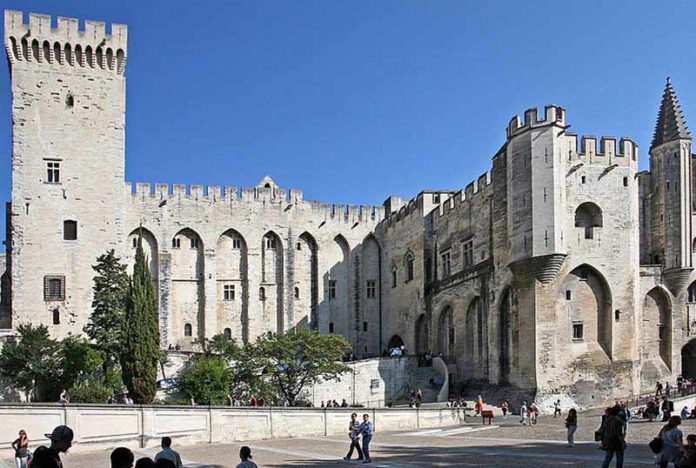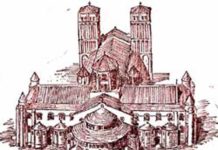The Avignon papacy, sometimes called the “Babylonian Captivity of the Church,” lasted from 1309 to 1377. This period reflected a growing loss of power for the papacy and resulted in direct challenges to papal authority, ending the claims asserted by Pope Innocent III at the height of the medieval period. By the end of the 14th Century, church and state emerged as clearly defined entities that operated within their own spheres.
Pope Boniface VIII and King Philip IV
The issues that separated Boniface and Philip concerned the prerogative power of the pope over secular matters that involved the church and her agents as well as taxation of the clergy and church lands. These disputes arose simultaneous to a growing national identity as political, social, and cultural events in Europe were transforming societies into early modern nation states.
Kings and princes resisted papal claims that were rooted in earlier centuries and began to assert a higher degree of independence, often at the expense of papal political authority and immense ecclesiastical wealth. In 1302, Boniface VIII promulgated his decree Unam Sanctam. The decree subjected temporal power to spiritual authority and ended with the summary that:
“…we declare state, define, and pronounce that it is altogether necessary for every human creature to be subject to the Roman Pontiff.”
Philip responded by convening his own assembly, condemning the pope on numerous false charges including heresy and depravity. His envoys imprisoned the pope at Anagni. Although freed shortly thereafter, Boniface VIII died. His successor, Benedict XI, did not live long and the next pope, Clement V, moved the papal court to Avignon.
The Avignon Papacy Under French Control
Clement V had been archbishop of Bordeaux, an area in France under the control of Edward I of England. Avignon was in Burgundy on the Rhone River, a region claimed by the Holy Roman Empire. The French domains of Philip lay on the other side of the river. Despite this, the Avignon papacy was heavily under the influence of the French monarch.
The emasculation of papal authority and the attempts of some Avignon popes like John XXII to counter secular attacks produced a number of books and scholarly works that attempted to define the proper role between church and state. The great poet Dante, for example, in his work On Monarchy, stated that neither power should interfere with the other.
William of Occam, a Franciscan writer, asserted that both the empire and the papacy had been founded by God and that neither was superior to the other. Several writers suggested that official church councils were the supreme authority, an idea that led, in the 15th Century, to the Conciliarist movement, eventually declaring that the pope himself was subject to the decisions of councils.
Return to Rome and the Great Schism of the Western Church
In 1377, Pope Gregory XI moved the papal court back to Rome. This action was prompted, in part, by the efforts of St. Catherine of Siena. In Rome, however, Gregory soon died and the cardinals elected an Italian as the next pope, Urban VI. Four months after the election, Urban, who had managed to alienate most of the cardinals, saw his election declared invalid, although much of Christendom accepted his rightful claims.
The Cardinals elected a new pope, Clement VII, a Frenchman, who promptly moved the papacy back to Avignon. Christendom now had two popes, both elected legally by the College of Cardinals. Until the Council of Constance, the church would eventually be led by three different popes at the same time.
Sources:
- Brian Tierney, The Middle Ages: Sources of Medieval History, Vol. 1, 5th Ed. (McGraw-Hill, Inc. 1992)
- Brian Tierney and Sidney Painter, Western Europe in the Middle Ages 300-1475, 5th Ed. (McGraw-Hill, Inc. 1992)
- Williston Walker, A History of the Christian Church, 3rd Ed. (Charles Scribner’s Sons, 1970)








